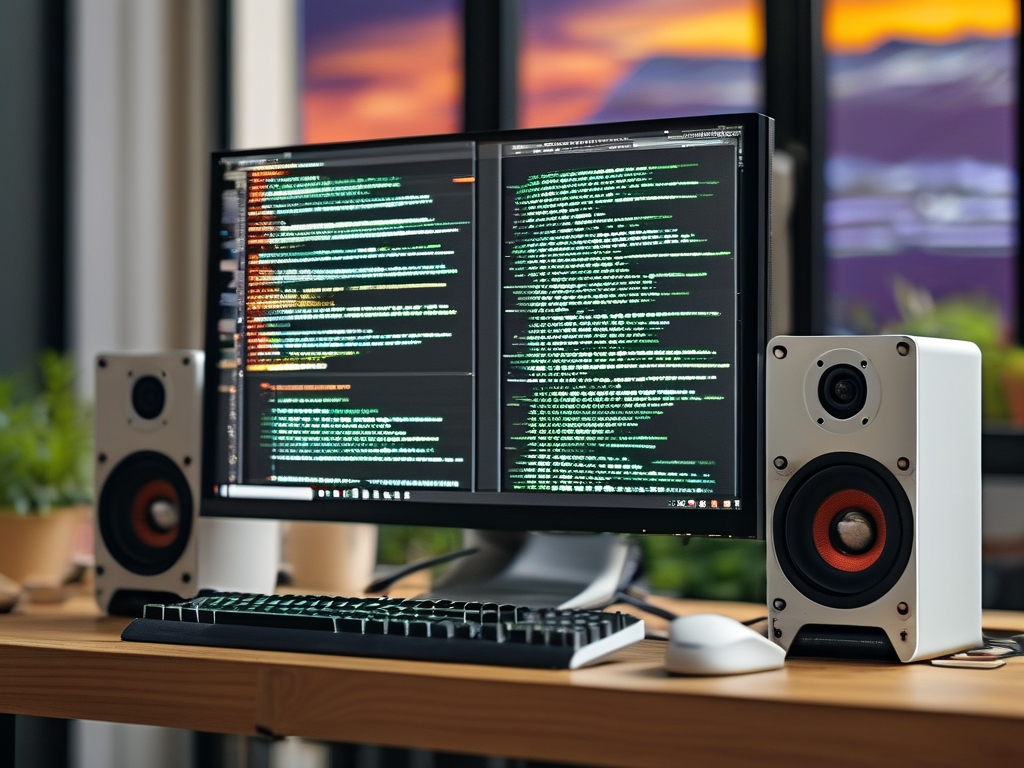The debate over whether compilation principles are better implemented through software or hardware has persisted for decades. As the backbone of modern computing, compilers translate high-level programming languages into machine-executable code, bridging human logic and silicon execution. This article explores the strengths, limitations, and evolving synergy between software-based and hardware-assisted compilation approaches.
The Software-Centric Paradigm
Software-based compilers like GCC, LLVM, and Java’s JIT compiler have dominated the landscape due to their flexibility and adaptability. These tools abstract hardware complexities, enabling cross-platform compatibility. Key advantages include:
- Rapid Iteration: Software updates can introduce optimizations for new algorithms or language features without physical hardware changes.
- Portability: A single compiler can target multiple instruction set architectures (ISCs) through retargetable backends.
- Cost Efficiency: Eliminates need for specialized hardware during development phases.
- Advanced Optimization: Sophisticated techniques like loop unrolling and dead code elimination are implemented through software heuristics.
However, software compilers face inherent limitations. The abstraction layer introduces overhead, potentially leaving performance gains untapped. Memory-bound optimizations and latency in just-in-time compilation reveal fundamental bottlenecks.
Hardware-Accelerated Compilation
Emerging hardware solutions challenge traditional software dominance. Custom ASICs and FPGA-based systems demonstrate unique advantages:
- Parallel Processing: Hardware can execute lexical analysis and syntax parsing in parallel pipelines.
- Energy Efficiency: Dedicated circuits eliminate software interpretation overhead, reducing power consumption by up to 60% in experimental designs.
- Real-Time Compilation: Automotive and aerospace systems benefit from hardware’s deterministic timing characteristics.
- Security Enhancements: Hardware-enforced memory isolation prevents certain classes of compiler-based vulnerabilities.
The RISC-V ecosystem exemplifies this trend, with extensions like the "V" vector extension enabling hardware-assisted code optimization. Yet hardware implementations struggle with inflexibility – modifying instruction sets requires physical redesign, and development costs remain prohibitive for most applications.
The Convergence Era
Modern systems increasingly blend both approaches through:

- Heterogeneous Architectures: GPUs handle parallel code analysis while CPUs manage control flow
- Reconfigurable Hardware: FPGA-based dynamic compilers adapt to changing workloads
- Machine Learning Co-Processors: Neural engines predict optimization paths for probabilistic compilation
- Hardware-Assisted Profiling: On-chip performance counters feed real-world data into software optimizers
The LLVM Metal project demonstrates this synergy, where compiler intermediate representations (IR) directly map to GPU compute units, achieving 8× faster compilation for shader programs compared to pure software implementations.
Performance Benchmark Analysis
Comparative studies reveal context-dependent superiority:

- Mobile Environments: Software compilers (like Android’s ART) prevail due to thermal/power constraints
- HPC Systems: Hardware-accelerated compilers show 40% better energy efficiency in quantum simulation workflows
- Edge Computing: Hybrid FPGA-software solutions reduce latency by 72% in 5G network slicing applications
A 2023 ACM study quantified these tradeoffs: pure software solutions deliver better adaptability (scoring 8.7/10) while hardware approaches excel in deterministic performance (9.2/10).
Future Trajectories
Three emerging trends will reshape the debate:
- Quantum Compilation: Qubit control demands hardware-software co-design
- AI-Driven Optimization: Neural networks may dynamically choose compilation pathways
- Chiplet Architectures: Modular hardware allows runtime compiler reconfiguration
The Intel Loihi neuromorphic chip exemplifies this future – its on-chip compiler dynamically remaps neural networks while software manages high-level logic.
The software versus hardware compilation dichotomy is evolving into a spectrum of co-design possibilities. While software remains indispensable for flexibility and rapid development, hardware acceleration becomes crucial for performance-critical domains. Future compiler architectures will likely resemble adaptive systems where software orchestrates hardware-accelerated primitives, blurring traditional boundaries. As Moore’s Law wanes, this synergistic approach may define the next era of computational efficiency – neither pure software nor standalone hardware, but an intelligent amalgamation of both paradigms.

